Stationner en Martinique
posted on 24 October 2004 04:00
Bonjour,
Peut on stationner en Martinique pendant la saison des cyclônes, avez vous eu des dégats cette année??
Merci d'avance pour vos réponses
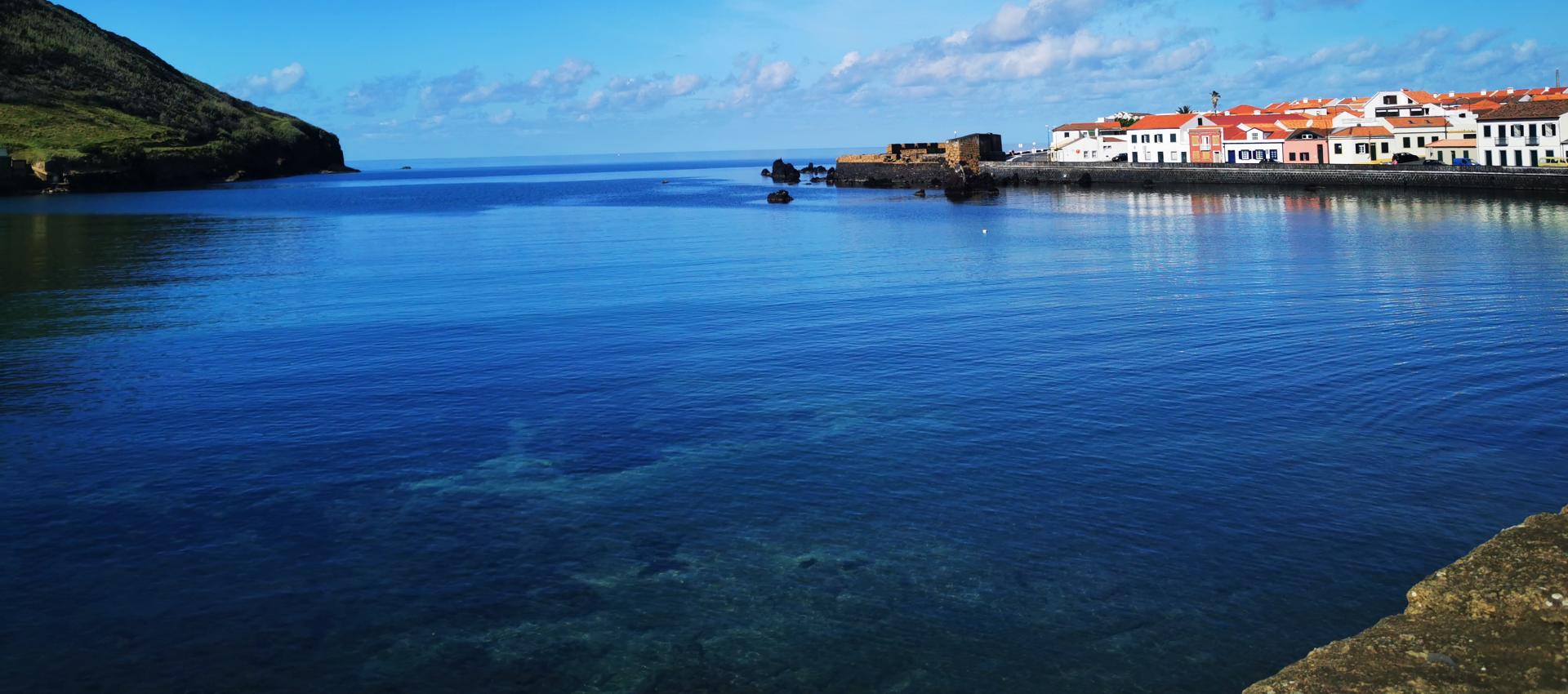
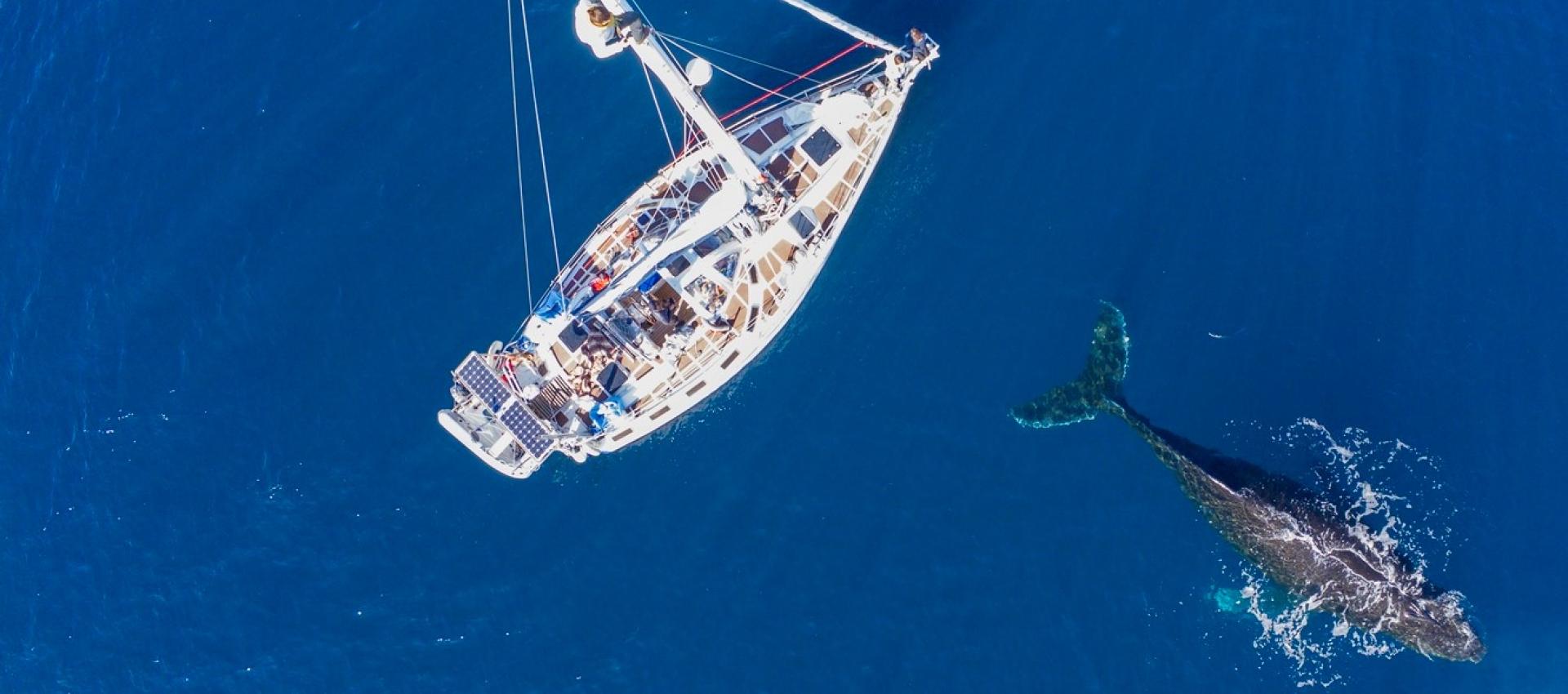
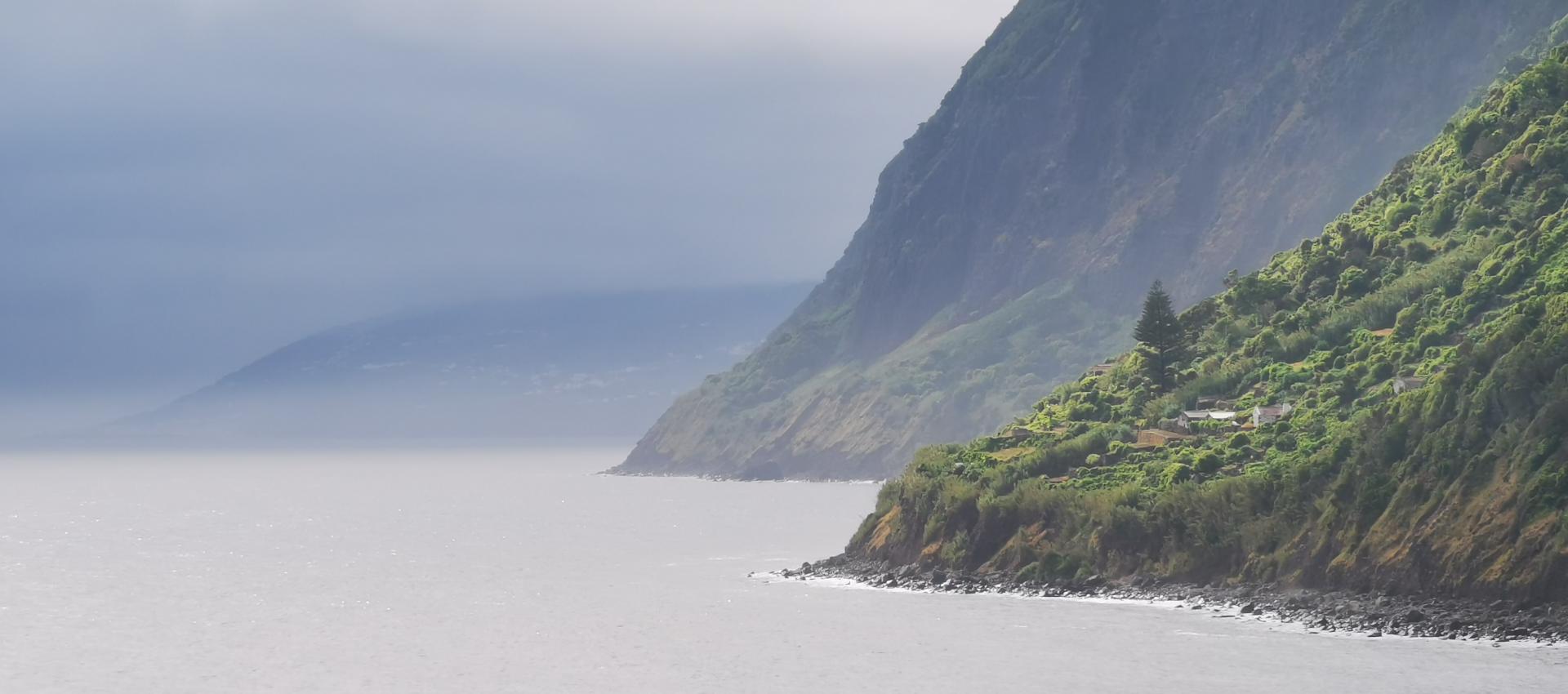
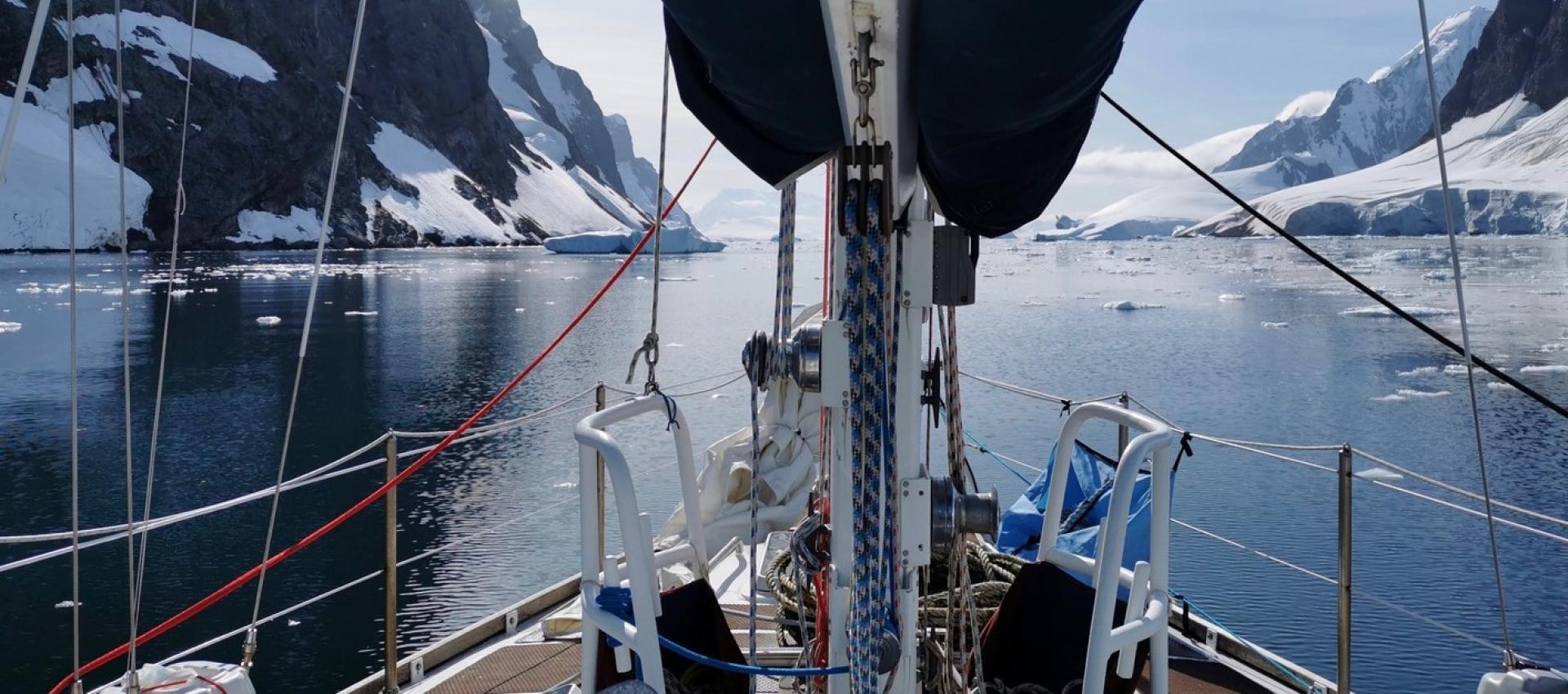
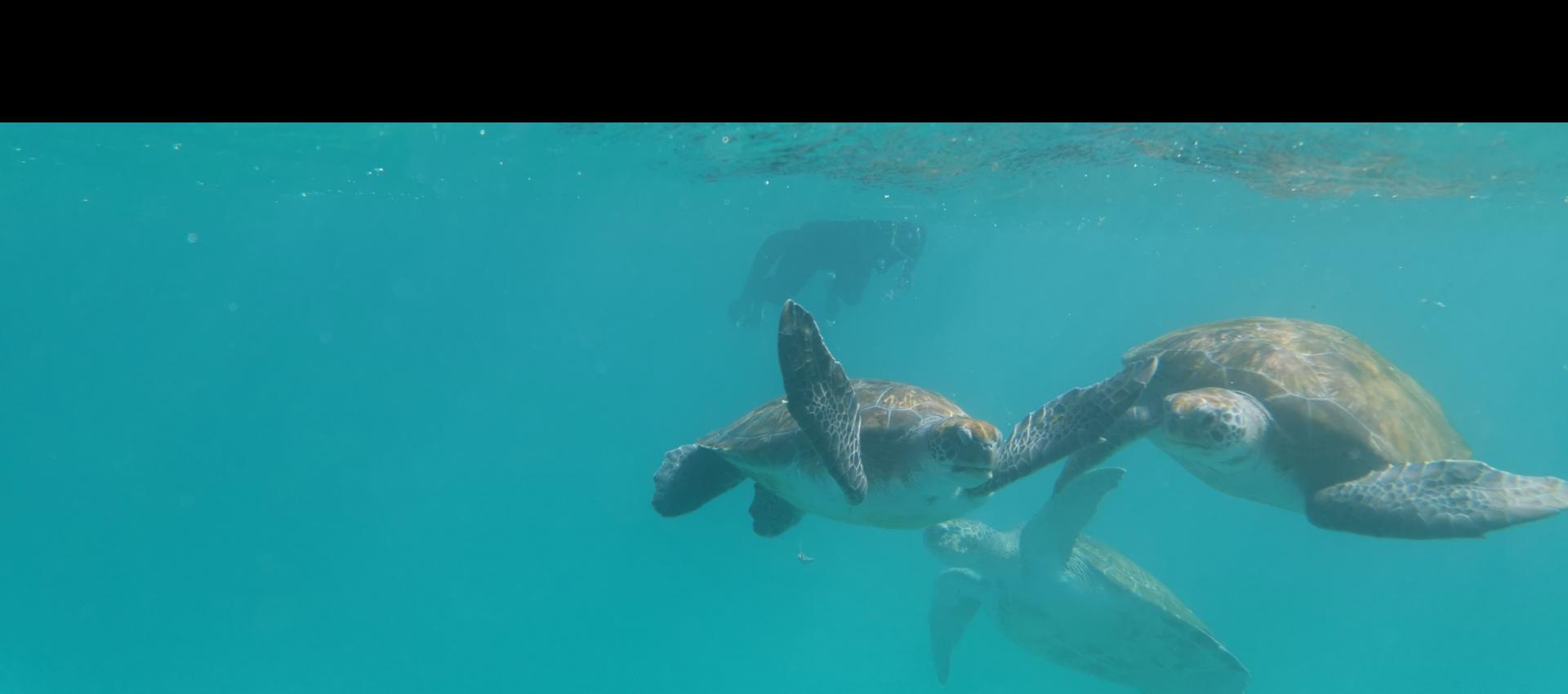
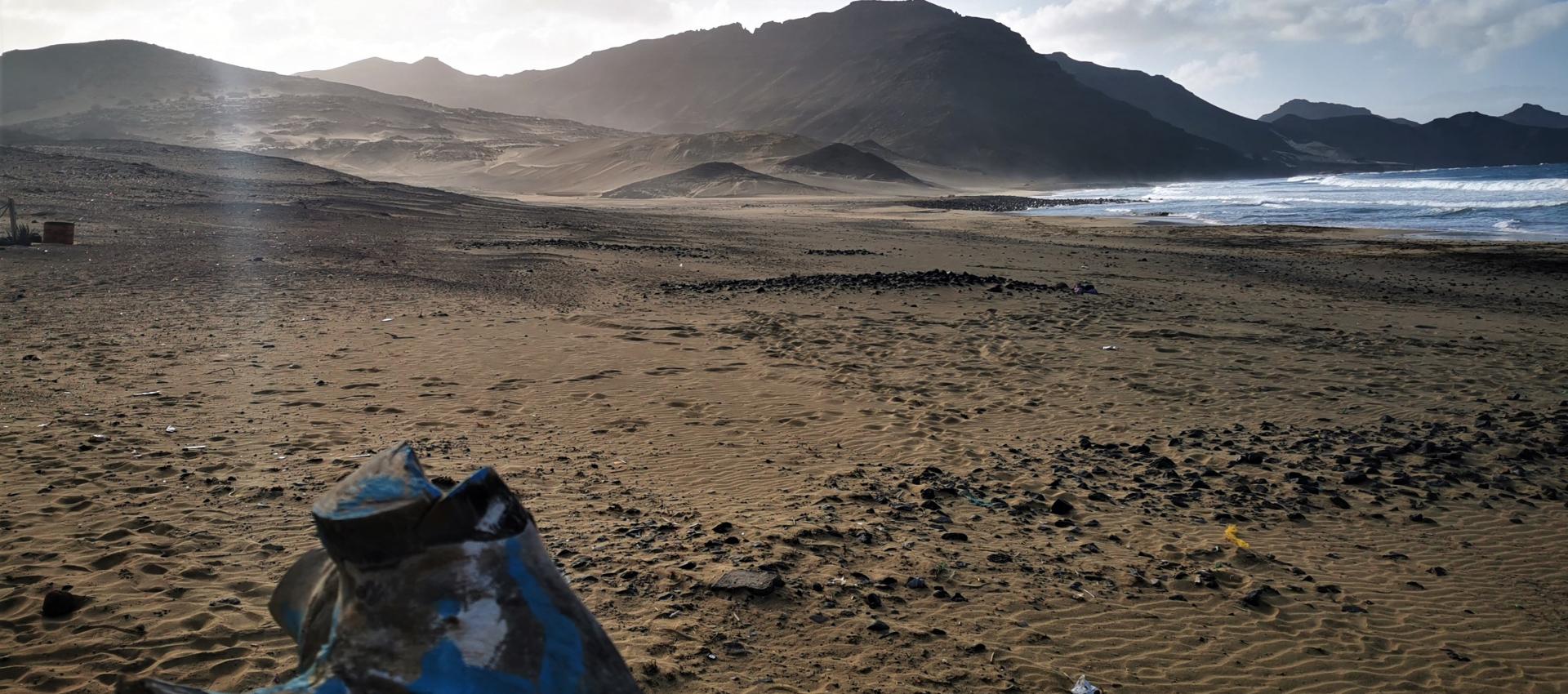


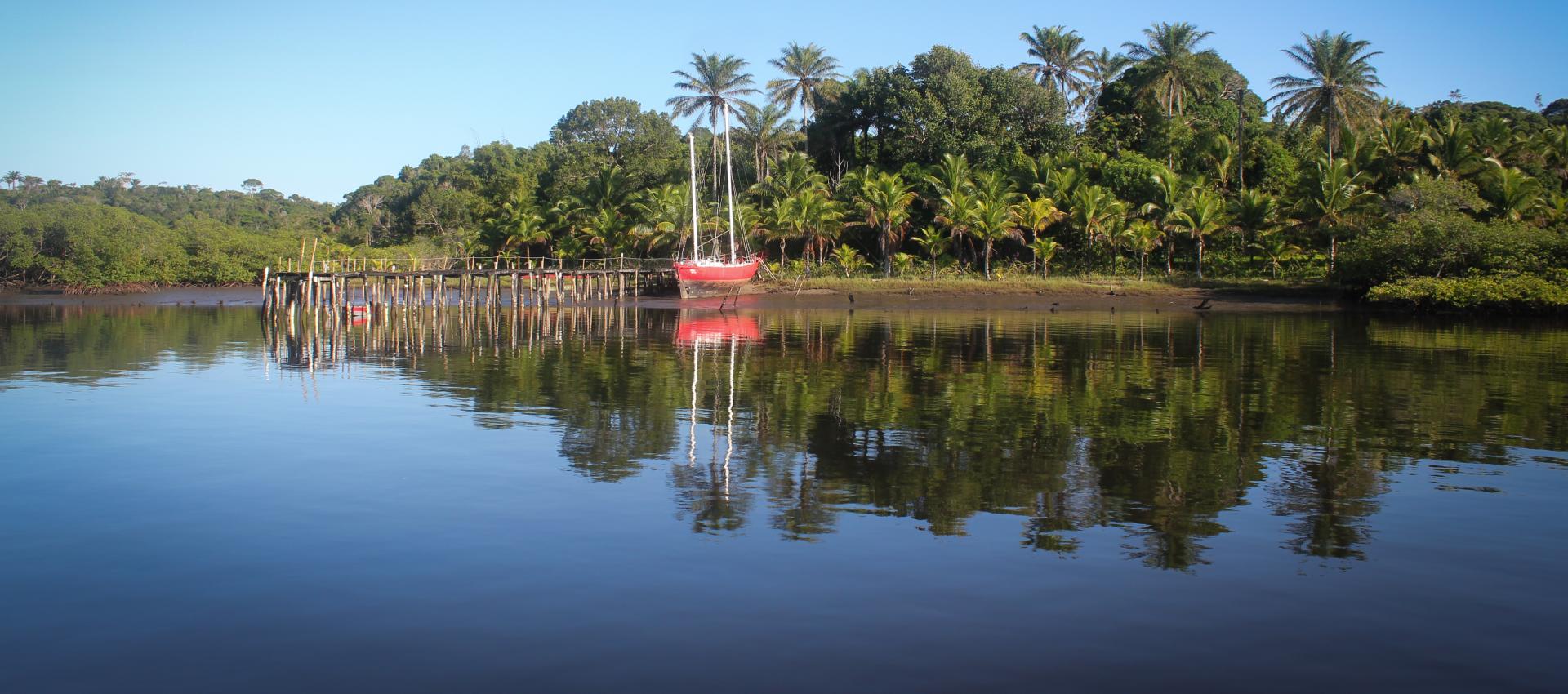
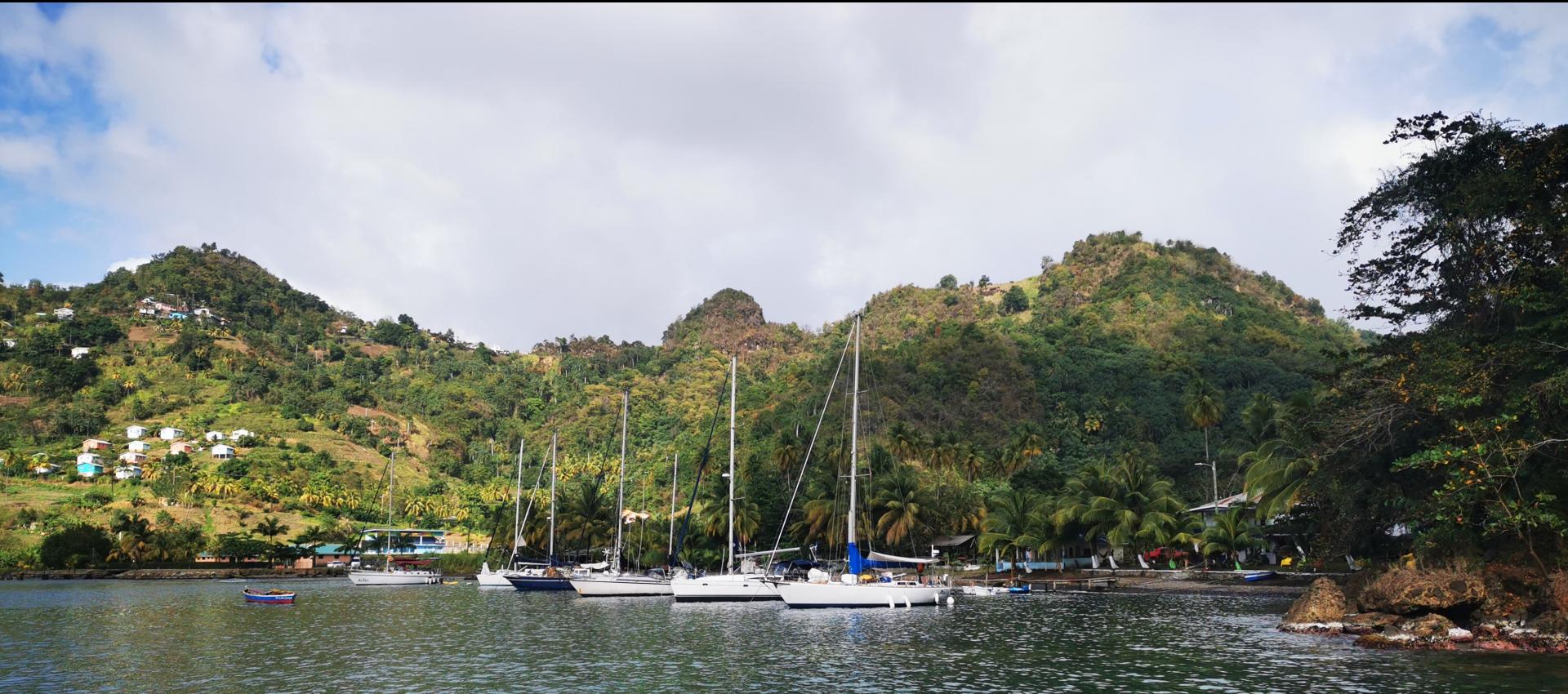
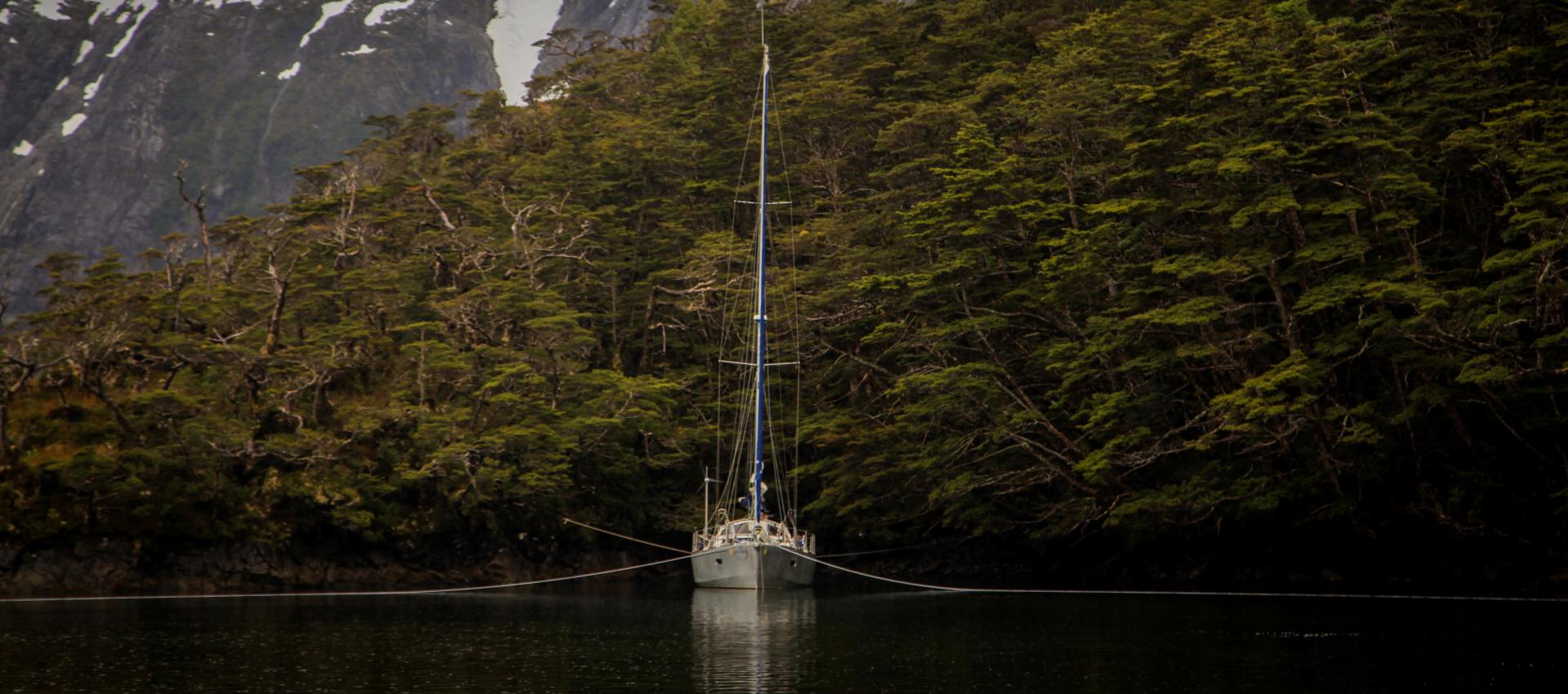
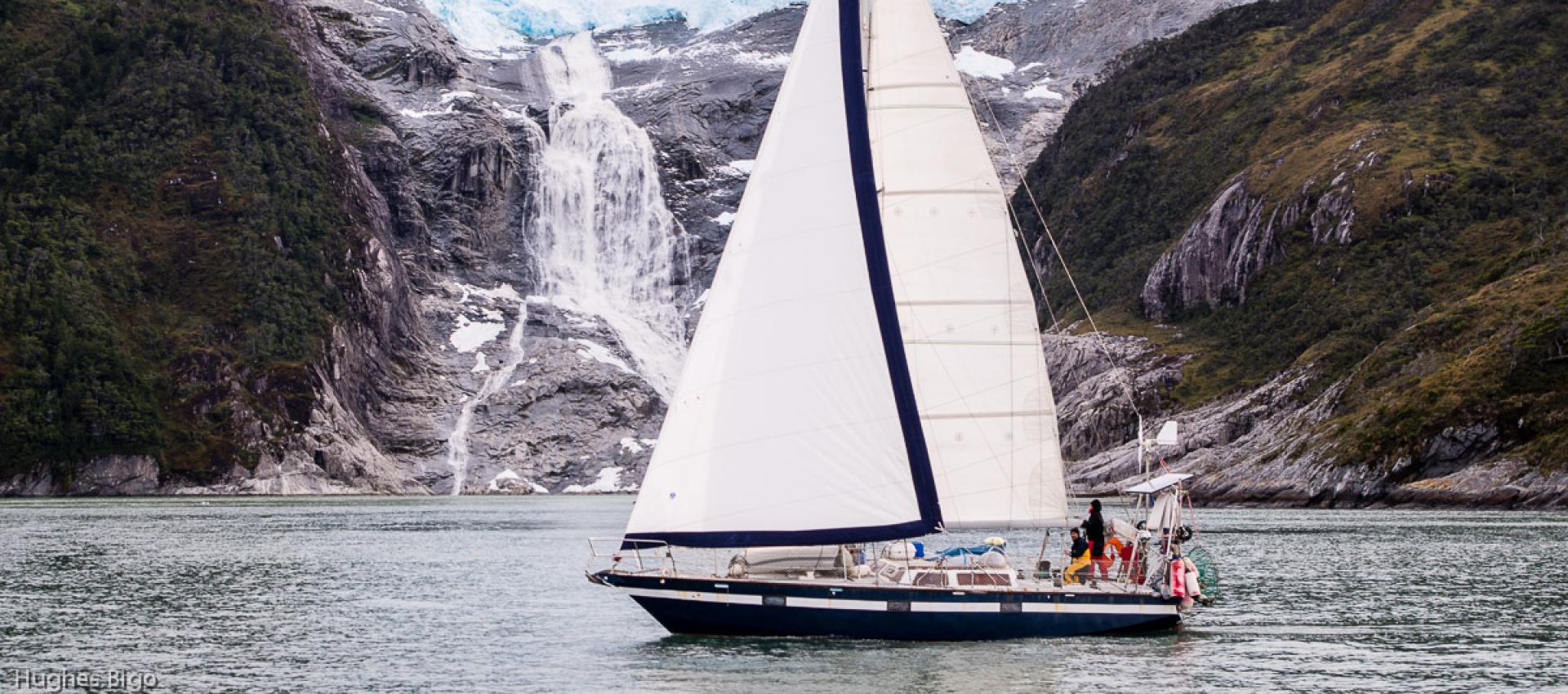
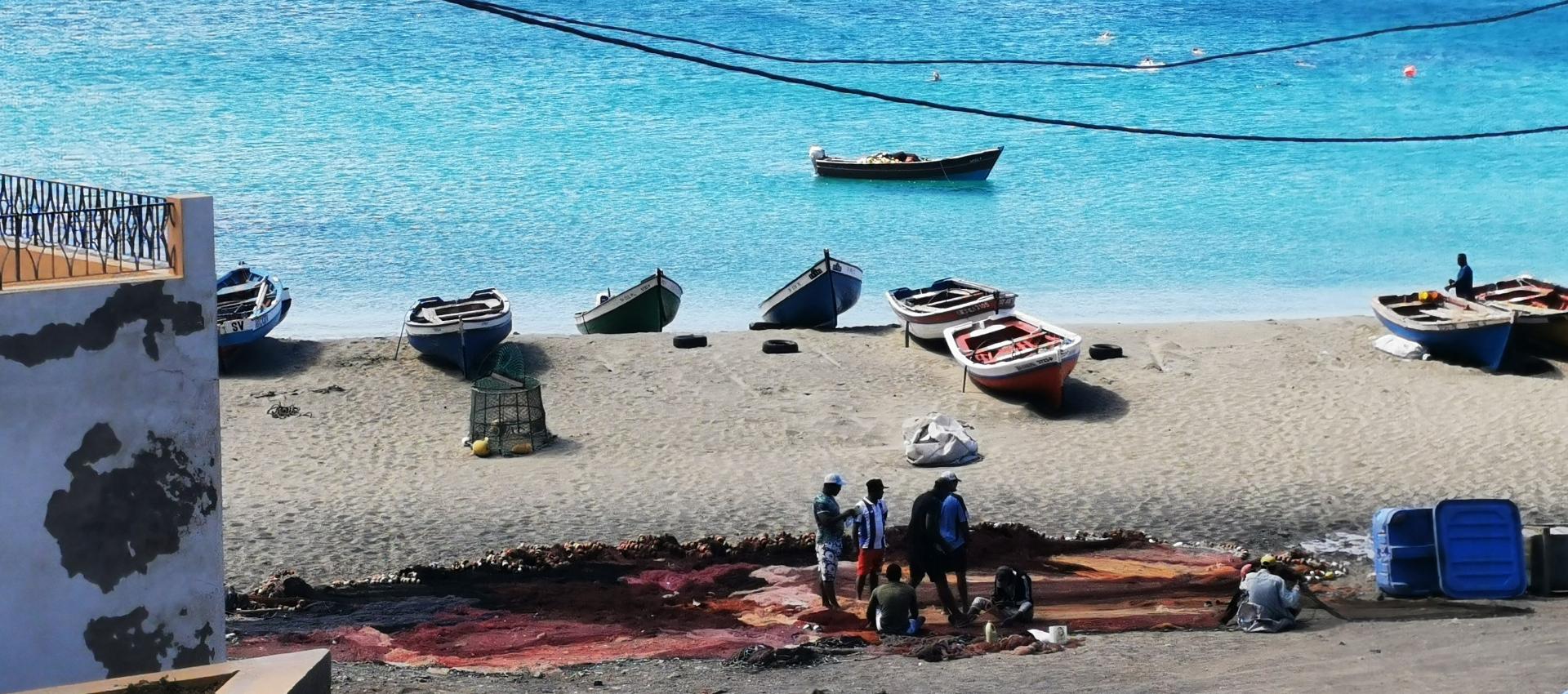
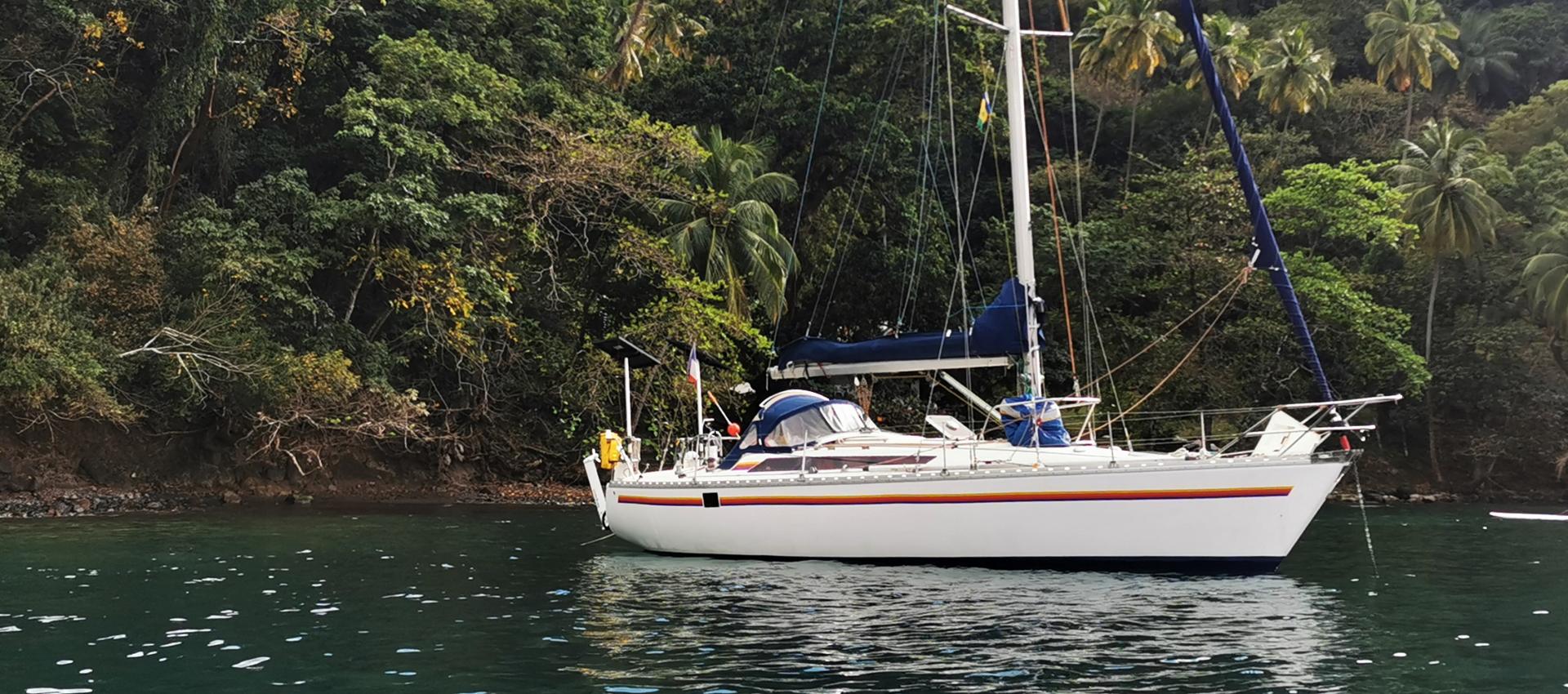
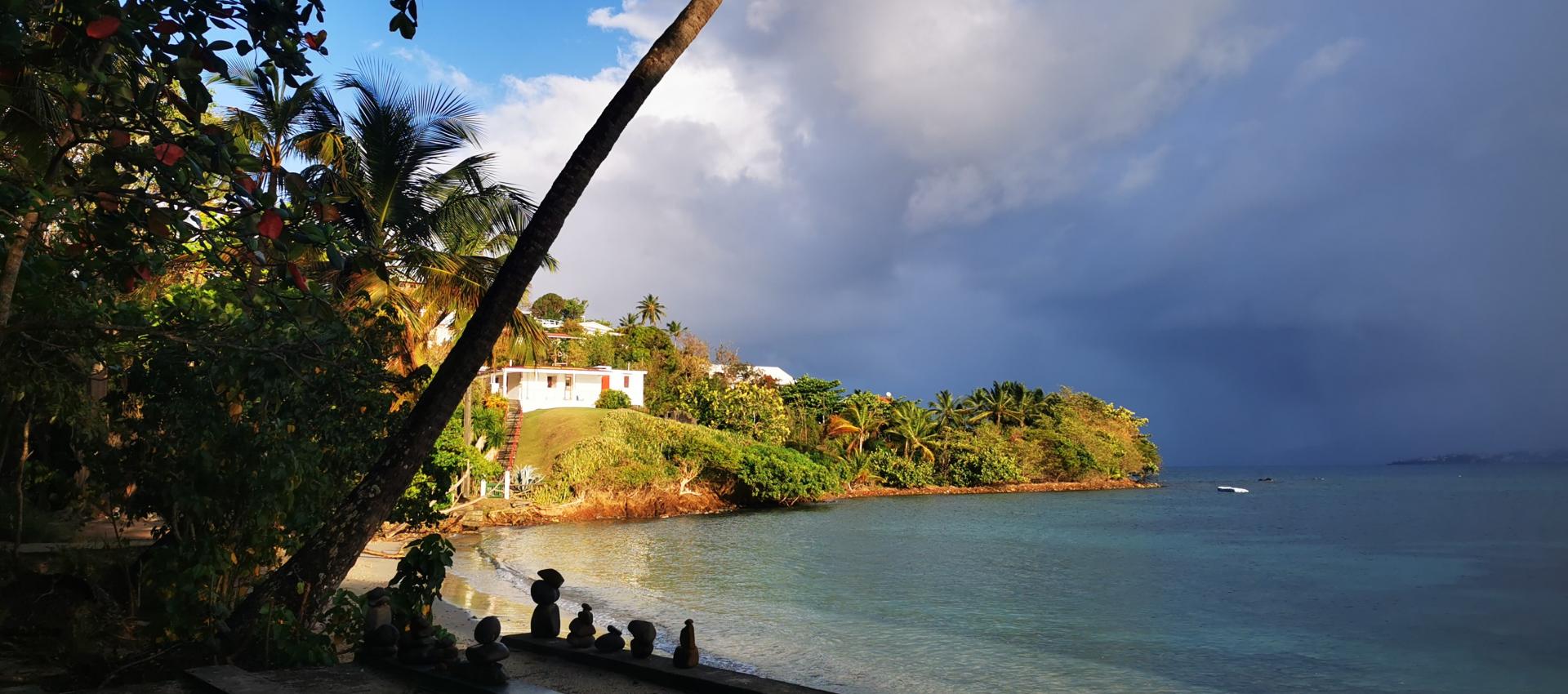

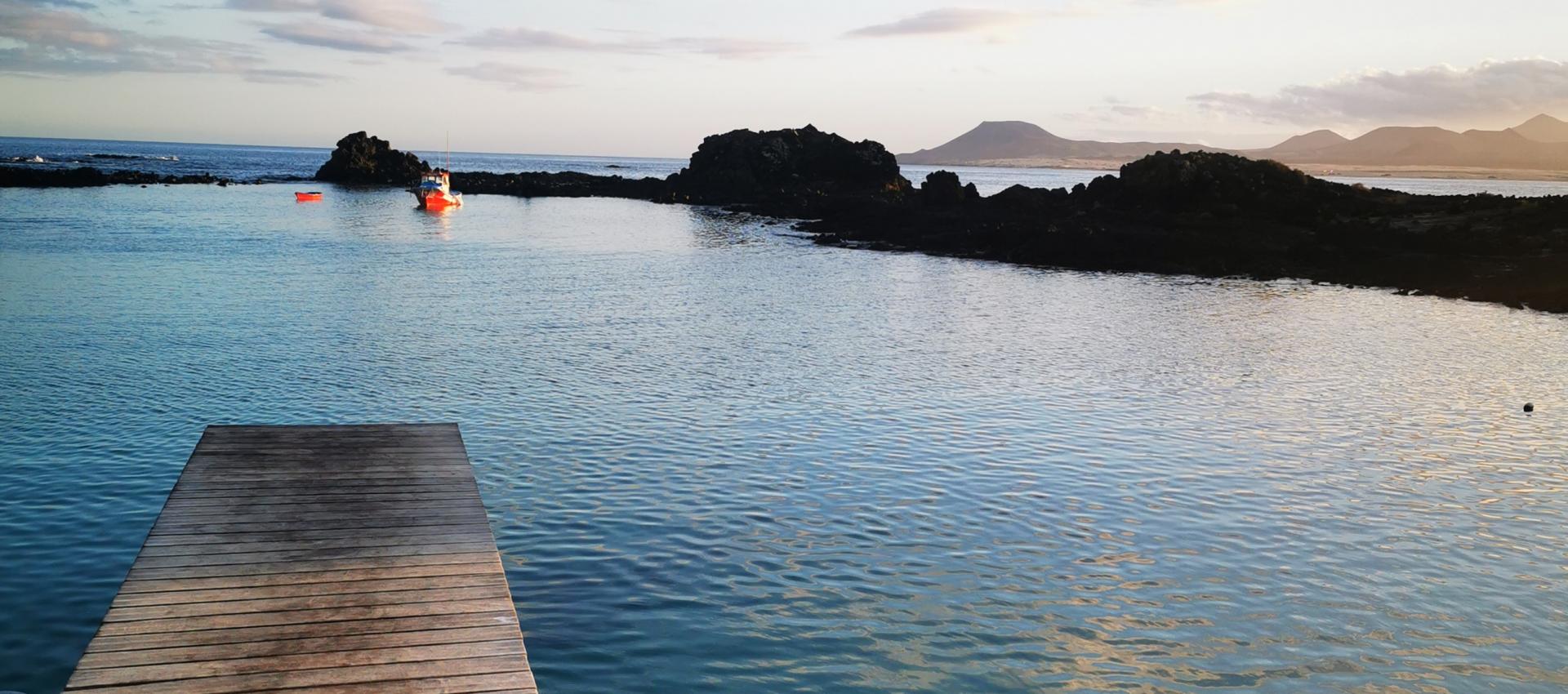

Tu as quoi comme voiture ?



bonjour a tous avec se qui s'est passe cet ete il est normal d'etre inquiet faire du sud n'est peut etre pas la solution adequate
Grenade est totalement ravagee et Tinidad a egalement ste touche bien que je n'y aille pas en voiture je pose la meme
question CHRIST
Non TRINIDAD n a pas ete touchée et en ce qui concerne Grenade si on ne parle que des bateaux , la tres grande majorité des
degats (90%) sont a deplorer sur des bateaux stationnés a terre ou a l'eau sans equipage present; Une tres garnde majorité
des bateaux habités est partie avant vers trinidad ou le venez;;; Donc risque.... limité si l'on est vigilant et mobile...le risque
devient plus important si on stationne en guadeloupe ou saint Martin car la trajectoire imprecise rends la decision de partir plus
difficile.... car trajet plus long...
Il ne faut pas le dire
Cordialement
DOM
Merci pour les renseignements,
Doit-ont reserver une place de stationnement euh non!! ..de port pour un petit séjour en famille, le port du marin à l'air d'être
connu??
Ci dessous un article - en anglais - désolé - par Don casey, un marin et technicien ecrivain tres serieux et reconu aux etats unis
qui s'est fait pieger à la grenade mais son bateau a été réparable
il affirme que seuls une dizaine de vateaux sont partis à trinidad
il dit aussi que le marina qui est sous la cimenterie est mieux protégé que l'autre
http://www.sailnet.net/collections/articles/index.cfm?articleid=caseyd00...
Home / Authors / Don Casey
Luck of the Draw
One of the most dreaded scenario for a boat owner in the aftermath of a storm is returning to the sight of a mast sticking out of
the water.
First, here is the news brief. Olga and I were cruising the south coast of Grenada when Hurricane Ivan passed over the island.
Actually, cruising is the wrong word. We were sheltering in Grenada. Can you spell irony?
We had hurried south, skipping lots of potential cruising pleasures in the Windwards and Leewards because prudence dictated
that we needed to be below the hurricane belt by the time hurricane season got into full swing. The Spice Island is located at 12
degrees north and had not seen a hurricane since 1955. It has become a summer haven for cruisers, with a satisfying selection
of protected anchorages, two large boatyards, and nearly all marine services available. Add to that reasonable prices, a
stunningly beautiful island, and a cheerful native population that welcomes mariners, and you would be hard pressed to find a
better place to hang out while hurricanes threaten islands and the continent to the north. Until September 7, 2004.
Ivan was first mentioned in the National Weather Service Tropical Weather Outlook on September 1 as a tropical wave located
a few hundred miles south of the Cape Verde Islands. By the next day it had developed into a tropical storm located at 10
north and around 30 west. The predicted track took the storm to around 15 north by the time it crossed the islands into the
Caribbean. That would carry the center of the storm 180 miles north of us.
On September 4, the storm had actually dropped farther south, to 8.9 degrees north. This dip got our attention. But the
predicted track still took the storm more than 100 miles north of us.
As Tropical Storm Gabrielle moved across the Florida Keys in 2001, this sailboat found itself in trouble.
By the 5th, Ivan had strengthened to a hurricane and had climbed back up to 9.7 north. By the 6th Ivan was at 10.8 north and
the winds had increased to 110 knots, gusting to 130. The predicted track had shifted farther to the right but still took the storm
75 miles to our north. When the evening advisory came out, the predicted track was another 25 miles closer. We feared that we
were discerning a pattern here and began to anticipate the worst.
At least 600 yachts were in Grenada at the first of September. Two thirds of these were on land in the two storage yards. The
rest were distributed in five popular anchorages and several marinas. As it became clear that a hurricane was approaching,
what did the crews of these boats do?
Lets start with us. We were already in the process of decommissioning our boat for three months while we returned to the
States to deal with family and other matters, so we had hauled our boat on September 3, and it was blocked up in the Grenada
Marine boatyard among 200 other stored boats. This limited our options, which may have been a good thing. We stripped the
boat of sails and canvas and all loose items on the deck. We checked to make sure we had sufficient stands and that they were
properly chained together. We also checked the stands of the boats on either side of us. Then we evaluated our personal
safety, decided that a boatyard was way too much like a trailer park, and took a room at a nearby resort.
Other cruisers were implementing their own plans. A very small fleetI believe just eight boatsdecided to sail south for
Trinidad, 75 miles away. Some if not most of these boats had been planning to go to Trinidad anyway, so they just decided the
time was right.
A substantial number of boats moved to more protected harbors, specifically the completely enclosed Egmont Harbor and the
nearly as secure Calvigny Harbor. Egmont in particular is completely surrounded by high land. We had been there a few days
earlier on our way to St. Davids where Grenada Marine is located and we had felt that you could not conceive a more protected
anchorage.
"Other boats elected to stay in some of the marinas, trusting docklines more than anchors. "
Other boats elected to stay in some of the marinas, trusting docklines more than anchors. Many boats remained in the marinas
because their owners were off the island.
Still others tried to find a relatively protected corner of the less-protected harbors because there were fewer boats there. Their
fear was that damage was more likely to be inflicted by other boats than by the wind.
Some boats stayed right where they had been anchored for weeks or months, reasoning that long-buried anchors would deliver
better holding than those freshly laid. And since it now appeared that the storm could pass to either side of us, it was impossible
to determine what was likely to become a lee shore, so relocating might be exactly the wrong thing to do.
How did it turn out? Not good.
In Grenada Marine, about 30 boats blew or were knocked off their stands. A few more boats were dismasted. But overall, the
level of damage was relatively light. Even among the boats that fell over, few suffered structural damage. All will sail again.
The story was different in the other yard, Spice Island. Only six boats remained upright.
Often boats that elect to stay in marinas, trusting docklines more than anchors, don't beat the odds against enduring severe
damage.
As a general rule, boats in the marinas did not fare well. At one marina, the floating dock broke free of its anchoring system and
went ashore, taking boats with it. At a marina with fixed docks, many of the slipped boats beat or rubbed against the concrete
until they wore holes in their hulls, some sinking in the slips. In the lagoon at St. Georges, cleats and bollards broke or pulled
free from the docks, and slipped boats ended up on the downwind shore in the same jumble with anchored boats that dragged.
Things werent much better in the hurricane holes. These had filled up with boats, and many apparently had inadequate ground
tackle or ineffective anchoring technique. Or the bottom was just too soft. In any case, half or more of the boats sheltering
there went ashore. Those fortunate enough to go ashore alone and into the mangroves suffered only minor damage, the
mangroves acting as a kind of net. But those that found rocks or were followed ashore with other boats were in some cases
severely damaged. A few boats sank.
The fleet that sailed to Trinidad escaped without a scratch.
So what does all of this mean? To me it simply reaffirms that when winds get above 100 miles per hour, the survival of your boat
is likely to be a matter of chance. That is not to say that you cannot improve the odds with well-considered preparation. Indeed
you can, and if everyone did all that they could, it would improve the odds for the whole fleet. But that is not what happens.
"Your security depends as much on the actions of the boats around you as it does on your own actions."
Your security depends as much on the actions of the boats around you as it does on your own actions. As an example, the
boats on either side of ours had sails on the booms and dodgers and Biminis up. One had a Quonset-style awning of impressive
proportions rigged. Faced with the same circumstances, I would go aboard, even without permission, and strip the canvas from
neighboring boats. It would have saved their canvas, which was shredded by the storm, would have saved my wind generator,
which collided with flying canvas while spinning, and might well have saved all of our boats from being toppled like dominoes. I
would also stop my wind generator next time. Even though it is rated to handle 100 knot winds, that overlooks flying debris.
Foresails left attached during hurricane-force winds don't fare well.
Going into a marina has little to recommend it. If you dont trust your ground tackle, the appropriate response is to take aboard
heavier and/or better anchors, not to tie to a dock. In a hurricane, your boat is almost certain to crash into fixed docks, doing
serious or fatal damage. Tying to floating docks is to cast your lot with the anchoring system for the dock, which is almost never
designed to withstand a hurricane.
Seeking shelter is a prudent response, but hurricane holes tend to become packed with boats with the same plan. A lot of boats
in close proximity is a recipe for catastrophe. When someone upwind drags, their anchor becomes a grapnel, picking up
downwind anchors in the rush toward shore. Ideally, you should insure that every boat in the harbor has sufficient ground
tackle properly set. Practically, that is not possible. And locating yourself away from other boats offers only fleeting security
since clocking winds will soon enough put boats upwind of you. The only absolute is the bigger the anchors you have down, the
better chance you have of staying away from the shore.
The best response is the one that the fewest selectedget out of the way. But even this is fraught with risk. As Ivan was in its
infancy, boats near the predicted track to the north of Grenada fled south to the relative safety of Grenada. There they got
trampled. And those that sailed for Trinidad did so knowing that there is virtually no storm protection available there. If Ivans
sinking trend had ultimately carried the storm track another 50 miles south, sailing to Trinidad would have become a case of out
of the frying pan and into the fire.
Is there anything you can do to guarantee that your boat survives a hurricane? As more and more boats go cruising, the
answer to this is probably no. The only foolproof course is to get below the storm track early, but if you wait long enough to be
sure you need to flee, it may be too late.
Hauling out is the second best response. Even if your boat blows over, the damage will be less than blowing ashore. It is worth
mentioning that we selected Grenada Marine for our haul-out simply because we had heard that Spice Island Marine was
downwind of a cement plant, and the boats ended up coated with dust. Next time I haul to store, Ill be paying a lot less
attention to dirt and lot more to blocking techniques.
The most important thing to do, says the author, is to get off the boat before the storm regardless of the strategy you adopt to
attempt protecting your pride and joy.
If you take shelter in a typical hurricane hole, the odds of getting away unscathed are no better than 50-50 should you get the
full force of the storm. This is because you are only as secure as the boats around you. Single file creeks are better than
enclosed harbors. And picking a spot in the mangroves and putting your boat there to start with may be better than leaving
your landing spot to chance.
Finally, get off the boat before the storm. There is absolutely nothing meaningful you can do when the storm is in full fury. You
can take this statement as firsthand gospel. All you do by staying aboard is put yourself at risk. Tragically, and needlessly, at
least one sailor washed up on the beach in Grenada. Boats can be repaired or replaced. When you are dead you are gone
forever.
Bonjour,
Vous avez bien raison de vouloir stationner à la Martinique, ( vous arrêter, séjourner ) car c'est une belle île avec des gens
charmants, qui ne vous laisseront jamais sur une voie de ... garage en cas de problème
Pour ma part, je vais souvent à St Anne dans le sud, car j'adore ce petit village, surtout les acras et le ti punch chez la
Martine .
Bon pour en revenir à votre question, je pense , qu'il n'est pas raisonnable de rester au dessus du 12°30 car c'est en principe la
latitude de référence à ne pas dépasser pendant la période cyclonique. ( premier juillet 31 octobre ) dans les livres bien sur !...
Je me permets de vous dire cela, car, mon voilier à subi de gros dommages à Grenade, et est irréparable. D'autres vous diront
que même maintenant Grenade est touché, oui, mais si on lit bien les pilots charts, et autres de références, les I N par
exemple, c'est un fait assez rare.
Il est évident que plus on va faire du sud ( les pauvres qui l'on fait , vous me maudire, mais qu'elle option fallait - il prendre ?
c'était logiquement la bonne ) plus on sera en sécurité.
Je n'aurai quand même pas voulu passer les gorges du Dragon ( Trinidad ) avec une très mauvais météo.
On est quand même pas mal à Chausey , sur un coffre, le beurre salé, le vin blanc bien frappé, et quelques huitre sauvages!!
Bonnes navs
François